WASHINGTON, D.C. (7News) – After decades of familiarity with bus schedules and stops, Metrobus riders across the D.C., Maryland, and Virginia (DMV) region are adjusting to a massive transformation. Dubbed the “Better Bus Network,” this sweeping overhaul by the Washington Metropolitan Area Transit Authority (WMATA) marks the largest update to the bus system in 50 years.
The changes, which went into effect at the end of June 2025, impact route numbers, stop locations, and schedules. WMATA officials say the changes aim to provide faster, more frequent, and more direct service—but for many riders, the shift has brought more questions than clarity.
‘It’s a Nightmare Out Here’
For Catherine Hawkins, a 78-year-old longtime Metrobus user, the adjustment hasn’t been easy.
“All the buses have changed. It’s a nightmare out here,” Hawkins told 7News reporter Lianna Golden, visibly frustrated as she waited in the summer heat. “It’s hot out here, and I’m just trying to get home.”
Hawkins is one of many riders now faced with the challenge of relearning an entirely new network of bus routes. For those who have relied on specific lines for years—if not decades—the new system requires patience and adaptation.
“I’m not crazy about the changes,” she added. “But I’m pretty sure they knew what they were doing. We just have to catch up.”
530 Bus Stops Removed, Routes Redesigned
The overhaul includes the elimination of nearly 530 bus stops across the region. According to WMATA, the removals were carefully planned to streamline service and reduce travel time, making trips more efficient for the majority of riders.
Under the new system, most remaining bus lines have been renamed or rerouted, with additional service frequency during peak hours. The result is meant to increase reliability—but for the average commuter, it has meant learning a new language of transit navigation.
“The bus name is different, and I just have to remember that,” said Casey Dinh, another Metrobus rider who’s been adjusting to the new setup. “I do think it’s more important to make the citizens feel more comfortable and make their lives easier. That should be their priority.”
Digital Tools Offer Assistance
To help riders transition, Metro has introduced several online tools and resources. These include:
-
A route conversion tool that allows users to type in their old bus route and get the updated route name and number.
-
A trip planner web page that shows where each route now goes on weekdays and weekends.
-
Updated signage at select stops and transit centers.
These digital resources are meant to help bridge the knowledge gap, especially during the first few weeks of implementation. Still, for many—especially seniors or those without regular internet access—the adjustment requires in-person assistance and time.
Riders Call for Patience and Community Support
Despite the confusion, there is some understanding among riders that change is inevitable when trying to improve public systems.
“I understand why it’s happening. If it helps get more people where they need to go faster, then that’s a good thing,” said Dinh. “But there’s definitely a learning curve.”
Back at the stop, Catherine Hawkins managed to board her bus after a few inquiries and helpful tips from fellow commuters. She smiled slightly, still visibly exhausted from the ordeal, but relieved to finally be headed home.
“It just takes a little patience,” she said.
A System in Transition
WMATA acknowledges the frustration some riders are feeling but insists the overhaul will ultimately result in better service for the region.
“This isn’t just about saving time—it’s about creating a system that works for the most people,” a WMATA spokesperson told 7News. “Change is never easy, but we’re here to support our riders every step of the way.”
As the Better Bus Network rolls out, D.C. area residents are being asked to stay informed, be flexible, and help one another navigate this historic shift in public transportation. For many, the ultimate goal remains simple—just getting home.

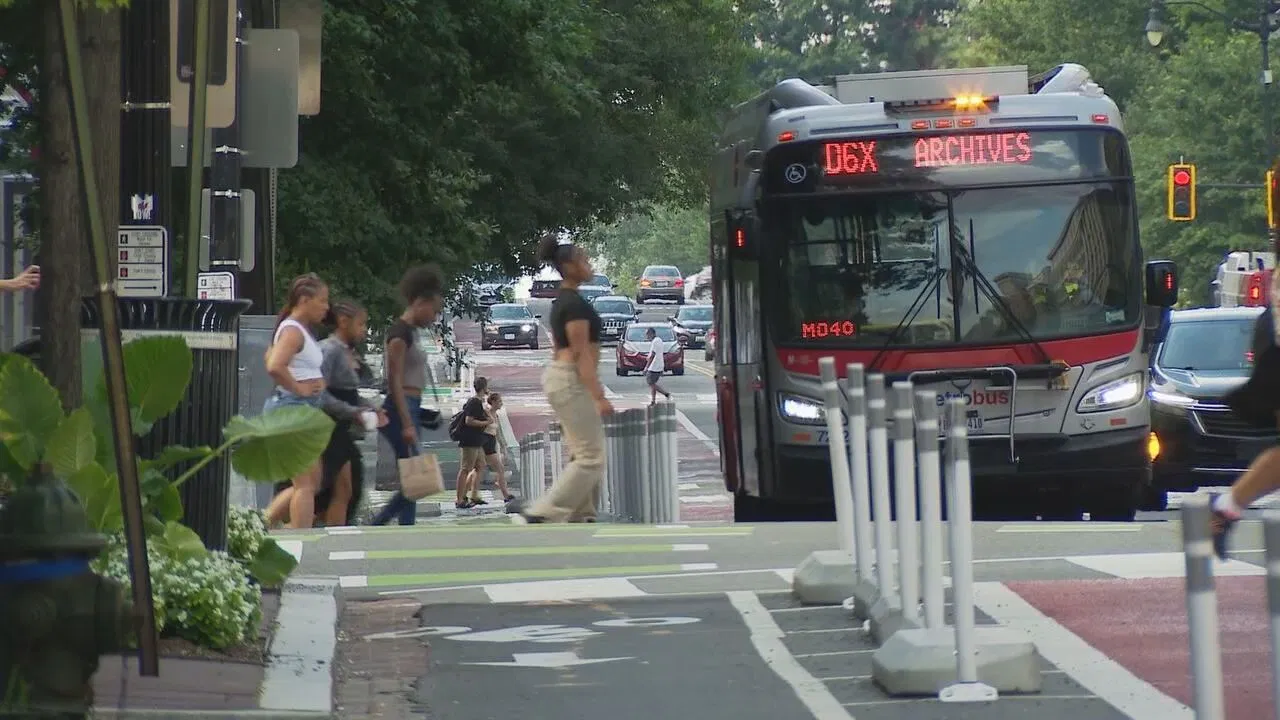
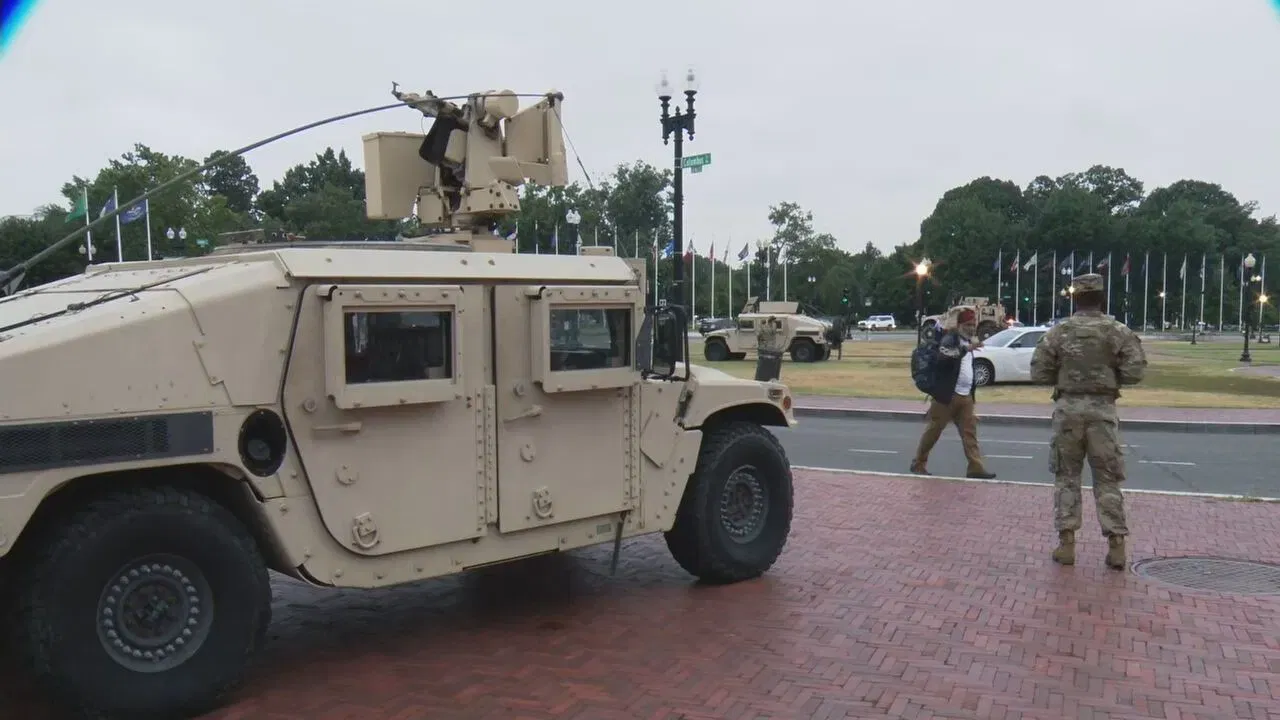

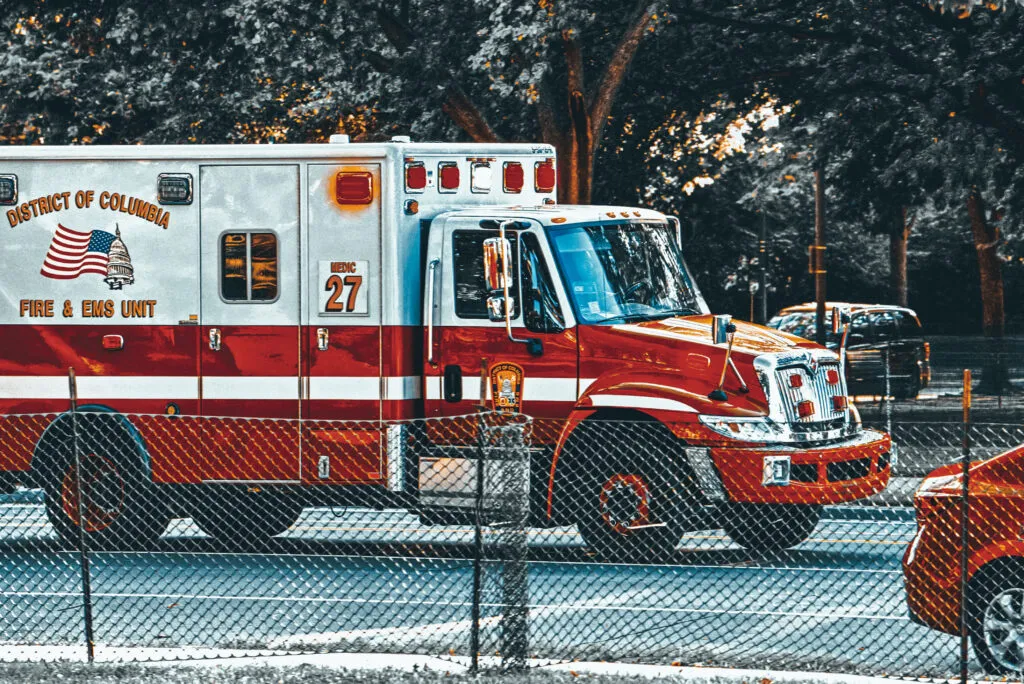

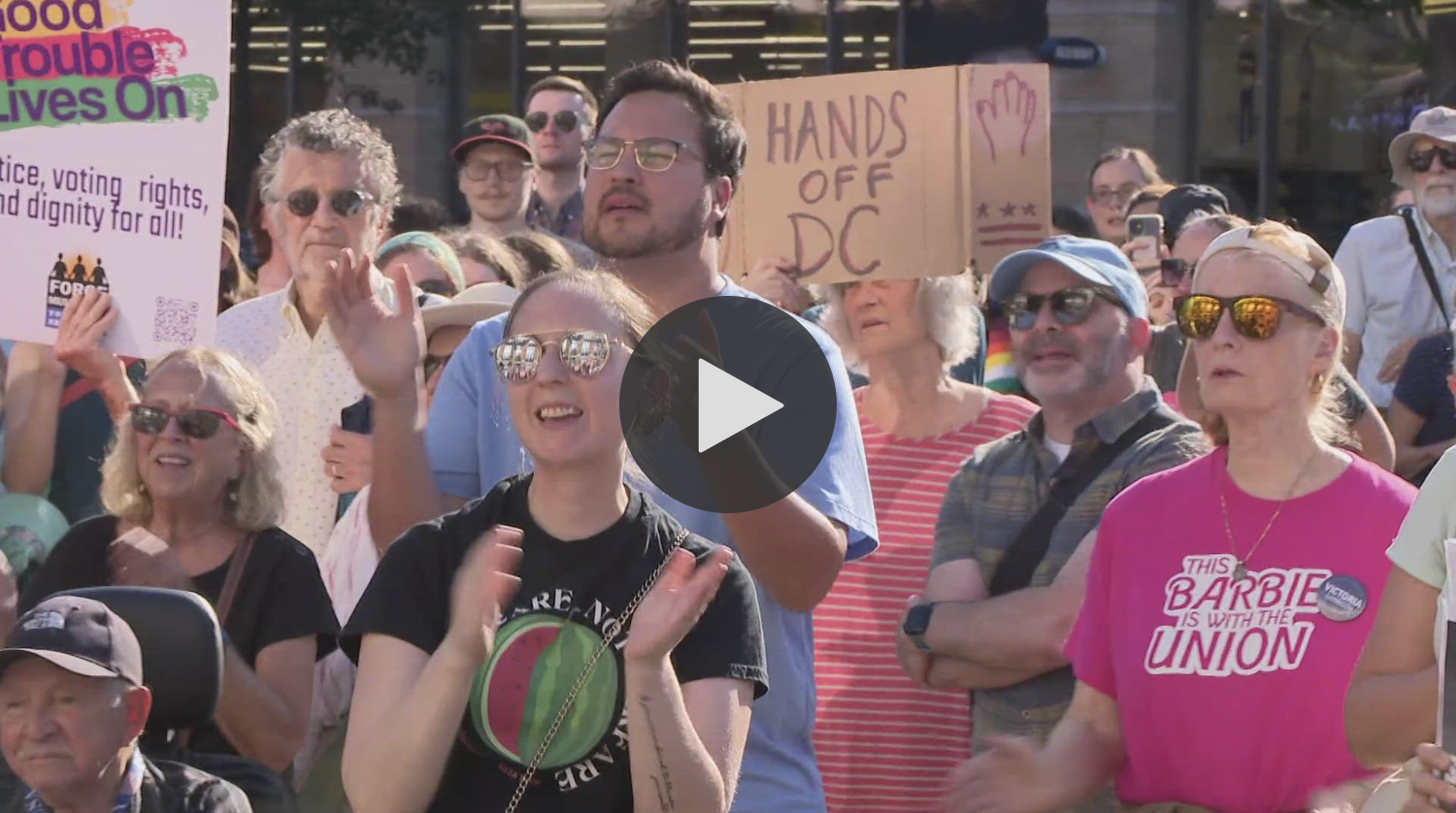
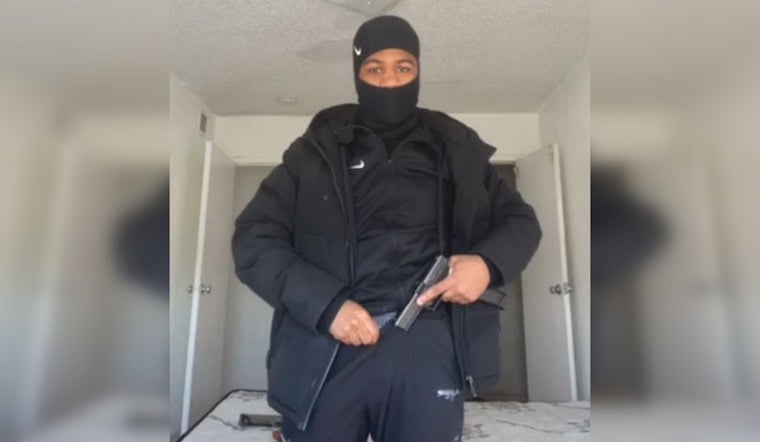
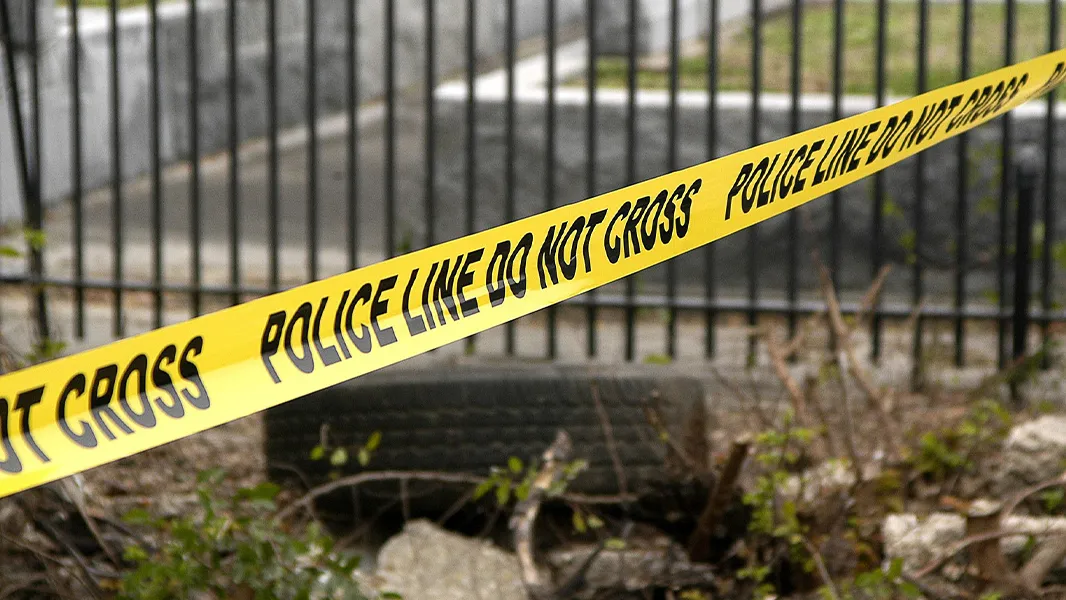
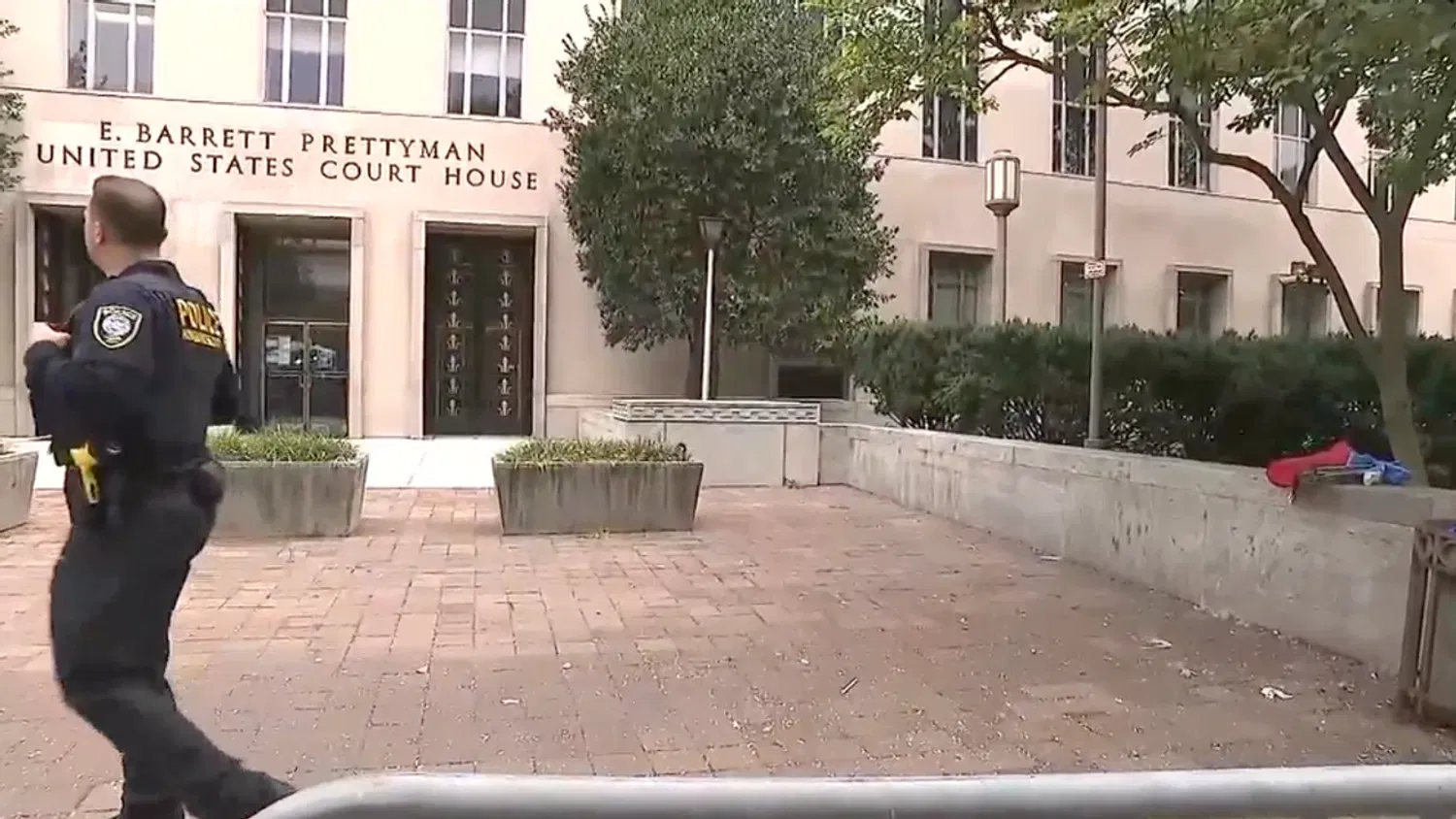
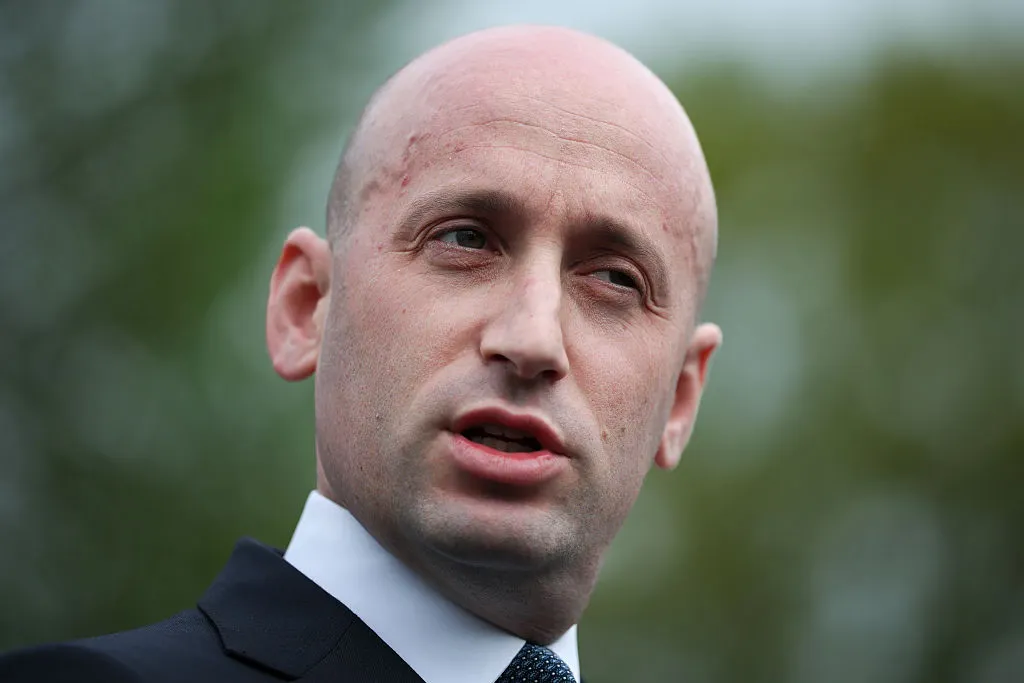

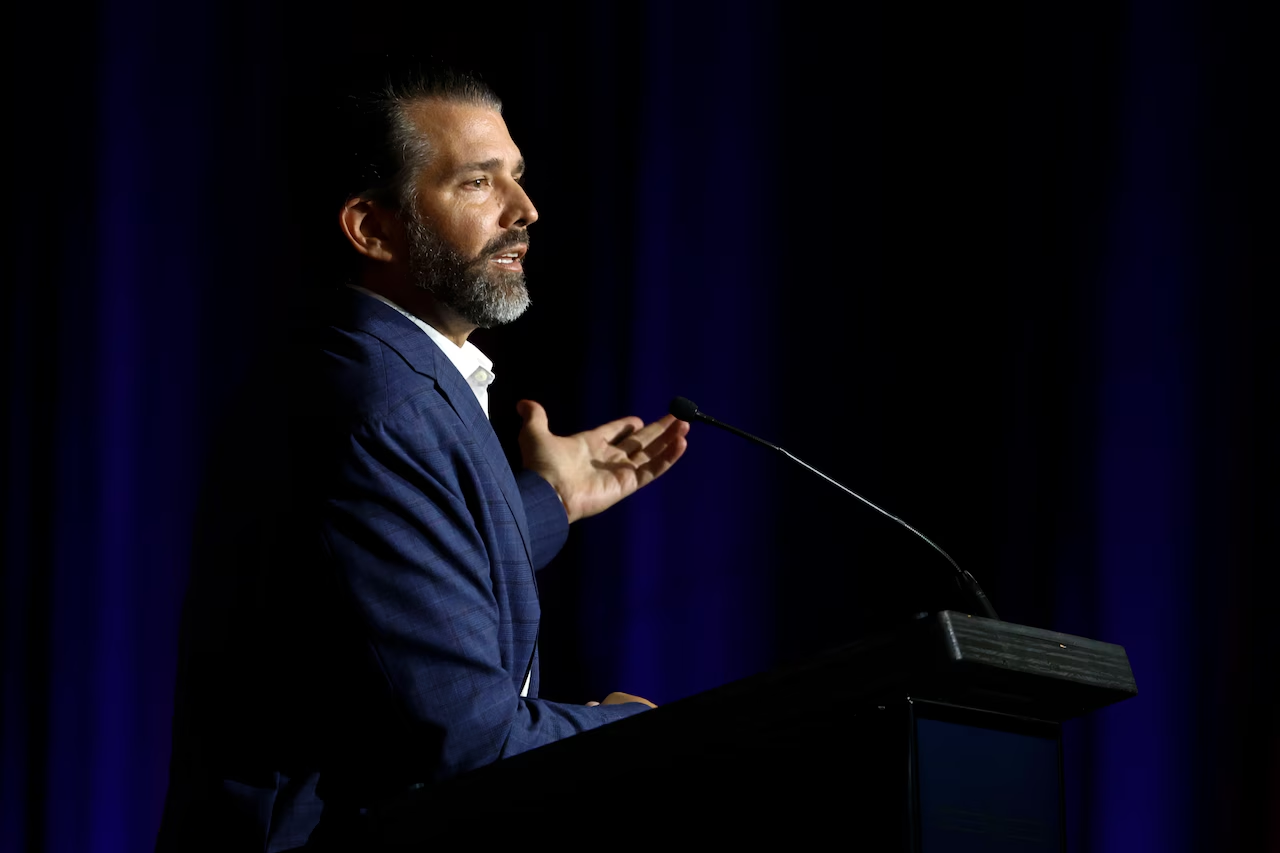
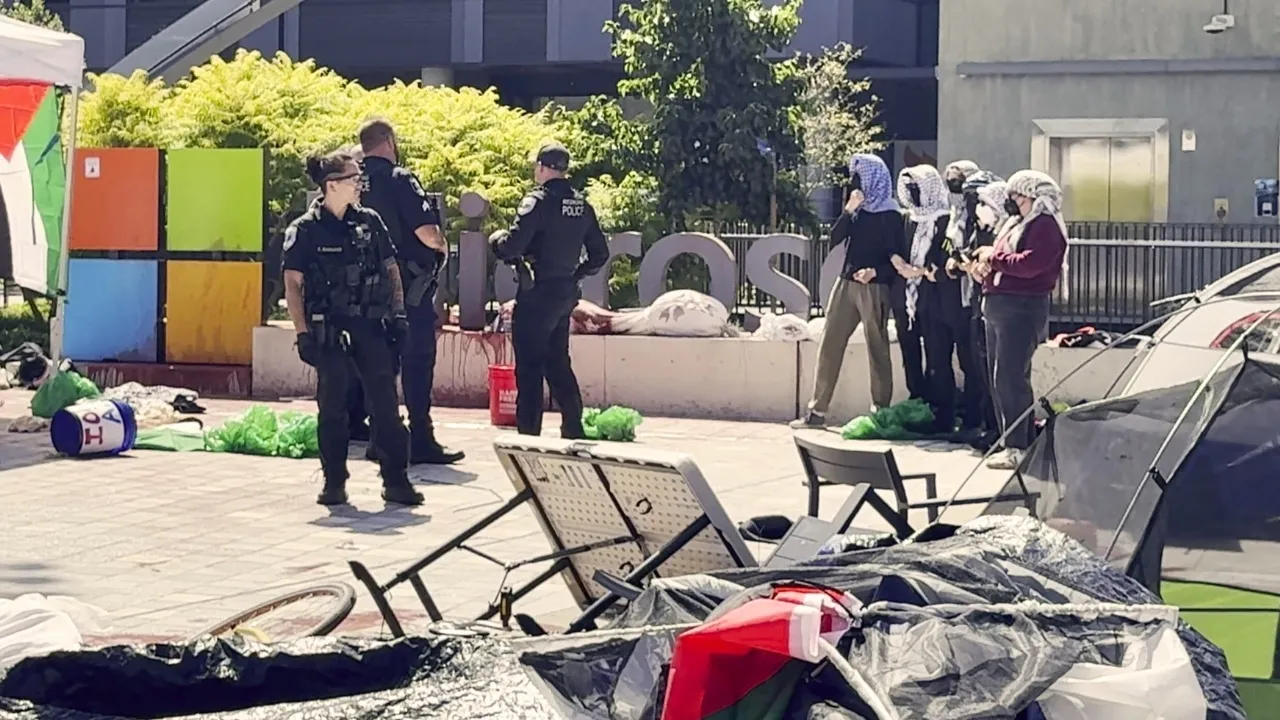
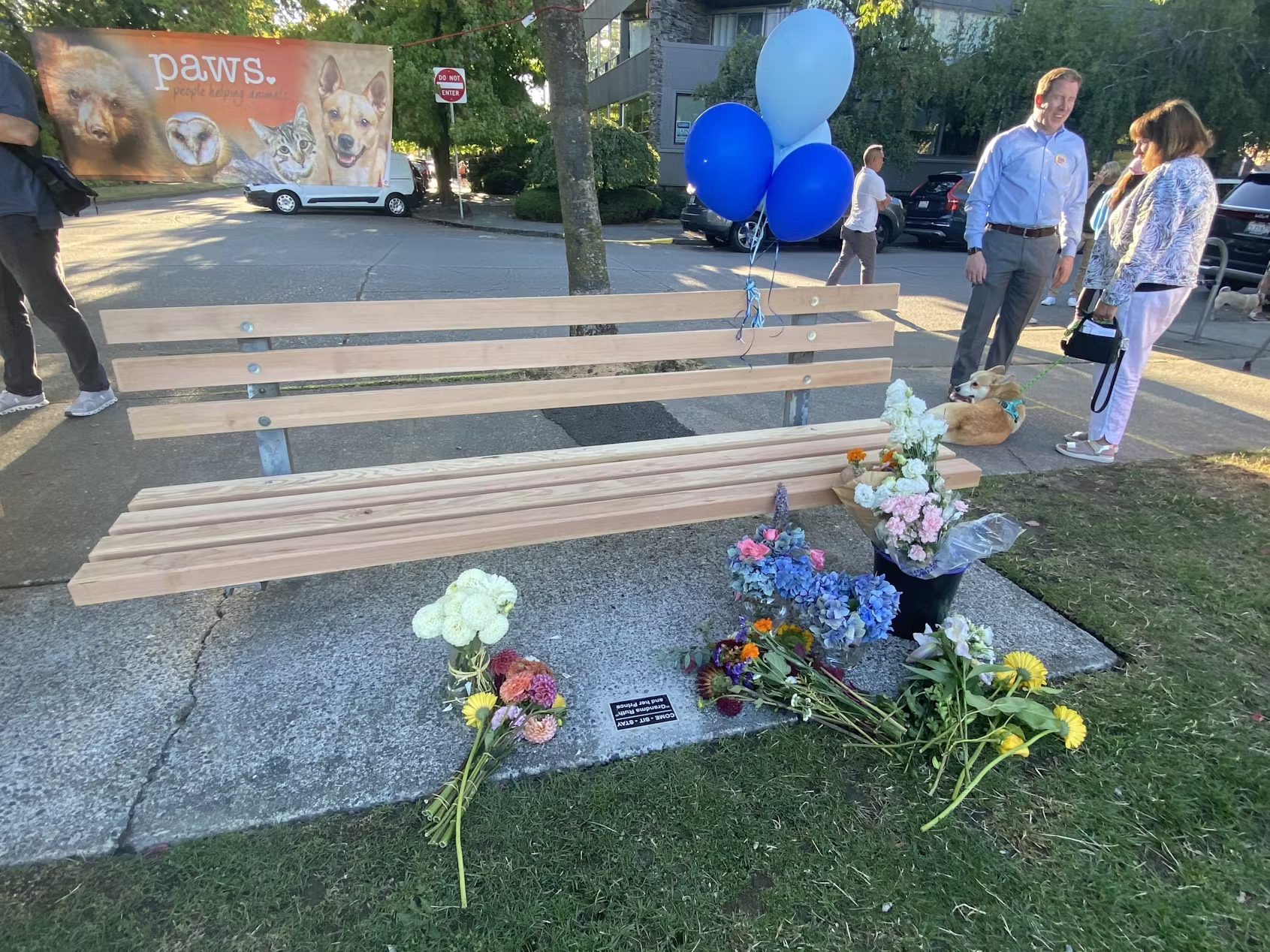
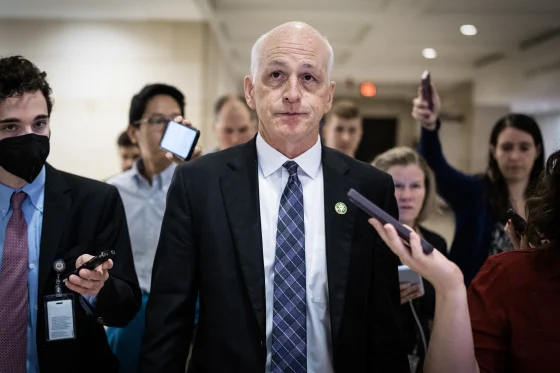
Leave a Reply